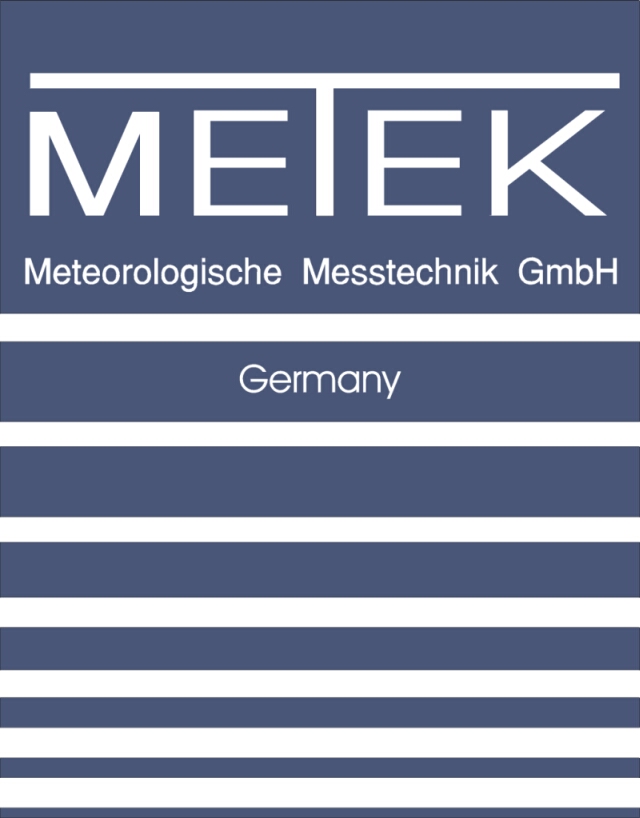 |
| CIC meetings
|
| Monday | Tuesday | Wednesday | Thursday | Friday |
|
|
MICcrophysics (Part II) | |||
|
|
chair : Dmitri Moisseev, University of Helsinki
|
|||
| 09:00 | 4A.1 |
Verification of Dual-wavelength Radar Estimates of Liquid Water Content Using Microwave Radiometer Measurements.
Scott Ellis, NCAR/EOL, Jothiram VIvekanandan and Paquita Zuidema |
||||
| 09:15 | 4A.2 |
A triple frequency approach to retrieve microphysical snowfall parameters.
Stefan Kneifel, University of Cologne, R. Bennartz, M.S. Kulie, J. Leinonen, D. Moisseev, T. Nousiainen, J. Tyynelä |
||||
| 09:30 | 4A.3 |
Statistical Parametrization of the Backscattering Properties of Snowflakes.
Jussi Leinonen, Finnish Meteorological Institute, D. Moisseev, T. Nousiainen, J. Tyynelä |
||||
| 09:45 | 4A.4 |
|
||||
| 10:00 | 4A.5 |
Multi-beam raindrop size distribution retrievals on the Doppler spectra.
Christine Unal, Delft University of Technology |
||||
| 10:15 | 4A.6 |
Ensemble retrievals.
Isztar Zawadzki, McGill University |
||||
|
|
Air Traffic Management | |||
|
|
chair : Martin Hagen, DLR
|
|||
| 09:00 | 4B.1 |
Test of an X-band Doppler polarimetric radar combined with a Doppler LIDAR for wind shear detection at Nice Airport.
Clotilde Augros, Météo-France, Radar Centre, Pierre Tabary, Dominique Davrinche, Eric Schwartz |
||||
| 09:15 | 4B.2 |
Microwave radar remote sensing of volcanic ash clouds for aviation hazard and civil protection applications : the 2011 Grímsvötn eruption case study.
Frank S. Marzano, CETEMPS / DIET - Sapienza University of Rome, M. Lamantea, M. Montopoli, D. Cimini, S. Di Fabio, E. Picciotti, G. Vulpiani, M. Herzog, H. Graf |
||||
| 09:30 | 4B.3 |
|
||||
| 09:45 | 4B.4 |
Radar Sensors for Wind & Wake-Vortex Monitoring on Airport : First results of SESAR P12.2.2 XP0 trials campaign at Paris CDG Airport.
Frederic Barbaresco, Thales Air Systems, P. Brovelli, P. Currier, O. Garouste, M. Klein, P. Juge, Y. Ricci, J.Y. Schneider |
||||
| 10:00 | 4B.5 |
Simulation of the Radar Cross-Section of Wake Vortices in clear air.
Danielle Vanhoenacker-Janvier, ICTEAM, Université catholique de Louvain (UCL), K. Djafri, R. della Faille de Leverghem, B. van Swieten, F. Barbaresco |
||||
| 10:15 | 4B.6 |
Progress toward a volumetric in-flight icing hazard detection system for airports which incorporates operational dual-polarization S-band radar data.
David Serke, National Center for Atmospheric Research, Scott Ellis, Andrew L. Reehorst, John Hubbert, David Albo, Andrew Weekley Daniel Adriaansen Andrew Gaydos and Marcia K. Politovich, Christopher Johnston |
||||
|
|
Coffee break
|
|||
|
|
SAT Spaceborne Radars | |||
|
|
chair : Frank Marzano, University of L'Aquila
|
|||
| 11:00 | 5.1 |
Precipitation Estimation Using Combined Radar/Radiometer Measurements Within the GPM Framework .
Arthur Y. Hou, NASA Goddard Space Flight Center, USA |
||||
| 11:30 | 5.2 |
New Constraints on the Global Distribution of Snowfall from CloudSat.
Tristan L'Ecuyer, University of Wisconsin-Madison, Norman Wood, Mark Kulie, Ralf Bennartz |
||||
| 11:45 | 5.3 |
|
||||
| 12:00 | 5.4 |
Observing convection from space: assessment of performances for next-generation Doppler radars on Low Earth Orbit.
Alessandro Battaglia, Earth Observation Science, Department of Physics and Astronomy, University of Leicester, Leicester, UK, Simone Tanelli, Pavlos Kollias, Tomasz Augustynek, Ousmane Sy |
||||
| 12:15 | 5.5 |
Multiple wavelength perspective of precipitation and drop size distribution characteristics in MC3E.
Stephen Nesbitt, University of Illinois, K Gleicher, G Heymsfield, A Heymsfield, A Bansemer, A Neumann, M Poellot, S Collis, P Kollias |
||||
|
|
Lunch break | |||
| Poster session - Group I P | ||||
| 13:30 - 15:00 | Quantitative Precipitation Estimation - Data
Quality - Microphysics - Nowcasting Spaceborne Radar - Air Traffic Management - Cloud Radars |
|||
|
|
Quantitative Precipitation Estimation (Part III) | |||
|
|
chair : Anthony Illingworth, University of Reading
|
|||
| 15:00 | 6.1 |
Dallas Fort Worth Urban Demonstration Network.
V.Chandra Chandrasekar, Colorado State University, Brenda Philips |
||||
| 15:15 | 6.2 |
A real-time procedure for adjusting radar data using raingauge information II : Initial performance of the PMM procedure.
Chris Collier, National Centre for Atmospheric Science, University of Leeds, D. Hudak, V. N. Bringi, L. Bliven, G. J. Huang, N. Donaldson, M. Leduc |
||||
| 15:30 | 6.3 |
| ||||
| 15:45 | 6.4 |
Variability of differential phase at X band.
Silke Trömel, Institute of the University of Bonn, Bonn, Alexander Ryzhkov, Matthew Kumjian, Clemens Simmer, Ali Tokay, Jan-Bernd Schroer |
||||
| 16:00 | 6.5 |
|
||||
| 16:15 | 6.6 |
Influence of the DSD variability at the radar subgrid scale on radar power laws.
Joël Jaffrain, EPFL-LTE, Alexis Berne |
||||
|
|
Coffee break
|
|||
|
|
MICrophysics (Part III) | |||
|
|
chair : Remko Uiijlenhoet, Wageningen University
|
|||
| 17:00 | 7.1 |
|
||||
| 17:15 | 7.2 |
Inference of dominating snow growth processes from radar observations.
Dmitri Moisseev, University of Helsinki, Larry Bliven, Pablo Saavedra, Susanna Lautaportti, Alessandro Battaglia, V. Chandrasekar |
||||
| 17:30 | 7.3 |
Microphysics in West African squall lines : space-time variability of the dominant particle type analyzed with an Xband polarimetric radar and an Hydrometeor Identification Scheme.
Frederic Cazenave, LTHE - IRD, Marielle Gosset |
||||
| 17:45 | 7.4 |
Microphysical properties of localized convective precipitation observed by X-band polarimetric radar and disdrometer networks in the Tokyo Metropolitan area, Japan.
Sung-A Jung, Pukyong National University, Masayuki Mali, Dong-In Lee, Dong-Soon Kim, Su-Kyung Kim, and Shyuichi Tsuchiya |
||||
| 18:00 | 7.5 |
Comparison rainfall microphysics estimates from dual-polarization X-band with a 2D video disdrometer, a Parsivel disdrometer and a Micro Rain Radar.
Marios Anagnostou, National Observatory of Athens, Institute of Environmental Research and Sustainable Development (IERSD), Athens, Greece, John Kalogiros, Joel Van Baele, Emmanouil N. Anagnostou, Frank S. Marzano, and Anastasios Papadopoulos |
||||
| 18:15 | 7.6 |
Observation of high resolution vertical profiles of X-band weather radar observables during snowfall in the Swiss Alps.
Marc Schneebeli, École Polytechnique Fédérale de Lausanne (EPFL), Environmental Remote Sensing Laboratory (LTE), Lausanne, Alexis Berne |
||||
|
|
Icebreaker | |||
 |
 |
 |
 |